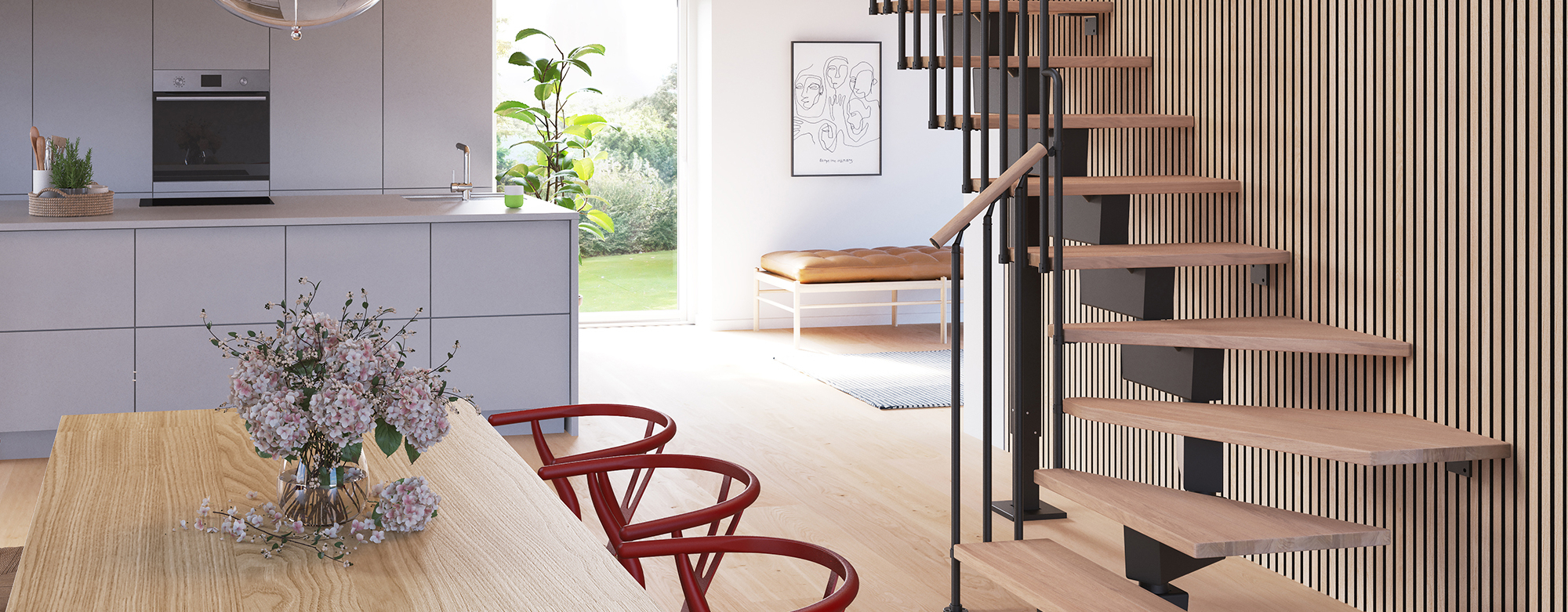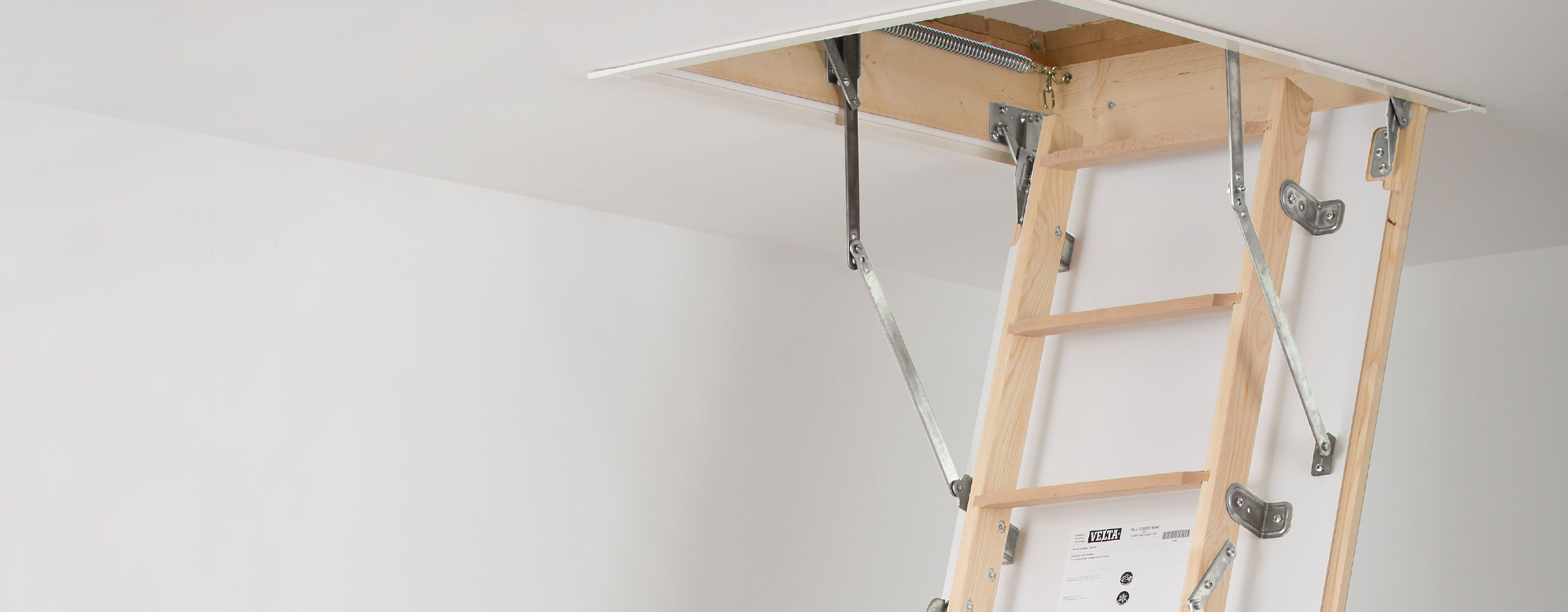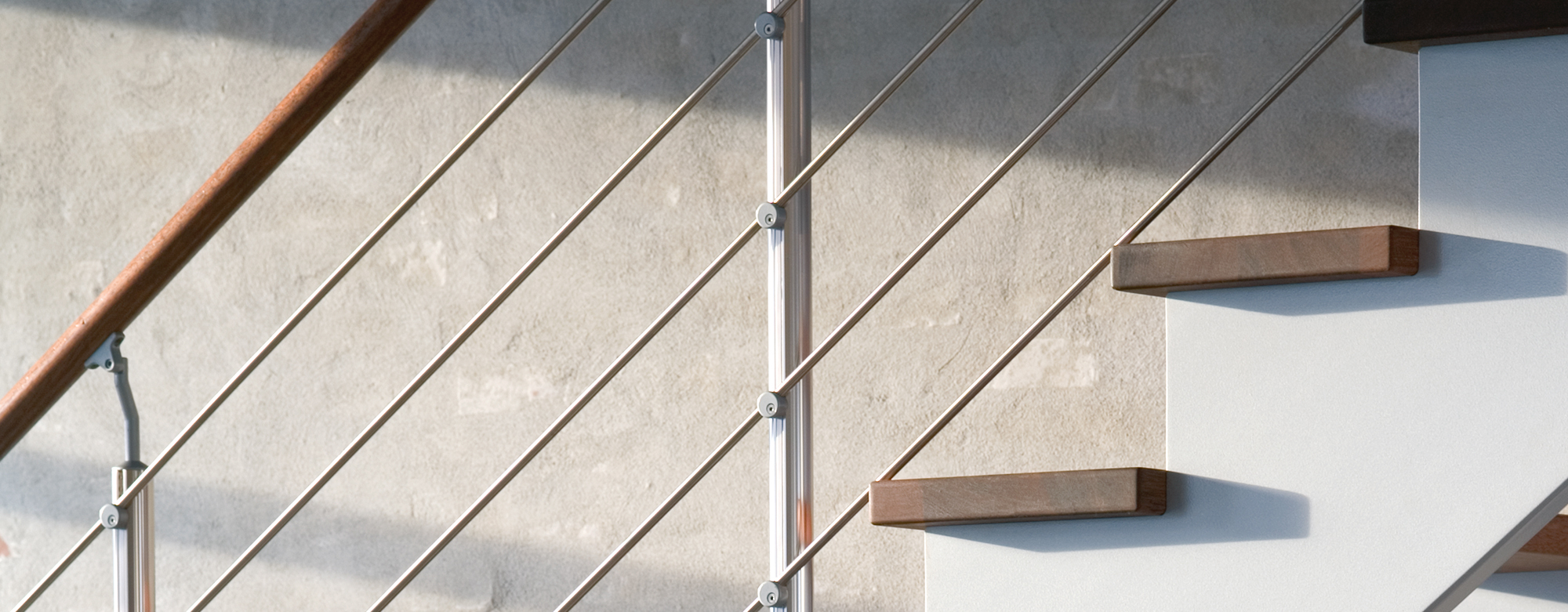To keep your stairs looking beautiful and performing well for years, proper maintenance is essential. Whether it's oiling untreated wood, applying lye to prevent yellowing, or cleaning lacquered surfaces, regular care can extend the life and durability of your stairs. Follow our easy-to-implement steps for cleaning, treating, and maintaining your staircase.
With the right treatments, you can protect against wear, stains, and moisture, ensuring your stairs remain a standout feature in your home. Learn how to give your stairs the care they deserve and keep them looking fresh, polished, and resilient over time.
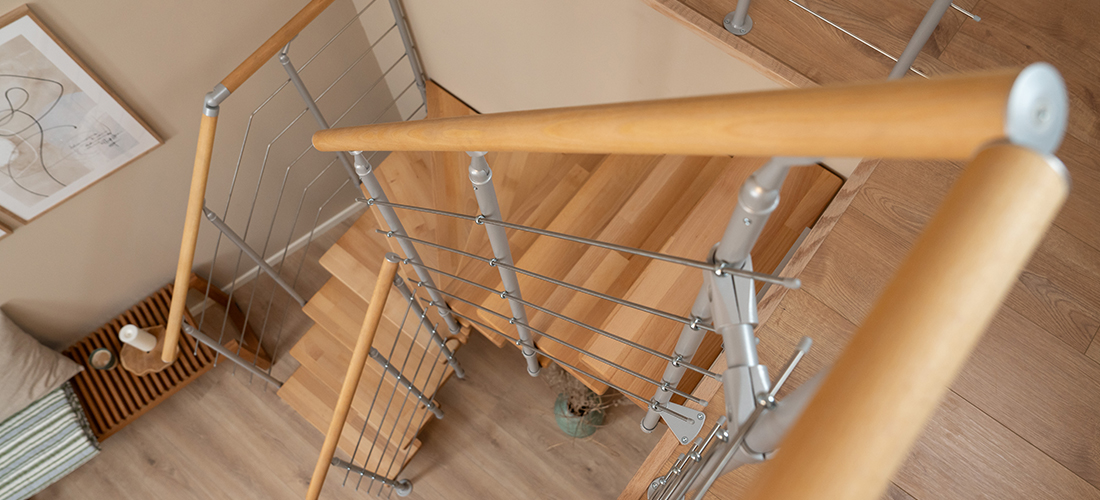

Oil treatment
Steps and Handrails
Floor oil can be used on untreated, lye-treated, newly sanded, or new wooden surfaces. Floor oil gives the wood a beautiful, silky matte finish that is durable, stain and water-resistant. The oil penetrates deep into the wood, ensuring an easy-to-clean surface that, in case of wear, can quickly look new again. White floor oil is used on light-colored wood to enhance its natural light color, while natural floor oil is typically used on darker wood to bring out its golden tones.
Untreated Stairs
An oil treatment provides a beautiful, silky matte, stain and water-resistant surface. The items to be treated should be cleaned with a cloth wrung out in lukewarm water to remove any dust. Before oil treatment, the items must be completely dry. Carry out the oil treatment at approximately 18°C. Use, for example, Trip Trap Natural or White Floor Oil.
- For white floor oil, shake the oil container well before and during use to prevent the white pigments from settling.
- Apply the oil evenly with a sponge or similar tool. Let the oil soak in for 5–10 minutes. If dry spots appear, apply more oil.
- Wipe off excess oil with a cloth.
- Polish the items with a white 3M scrubber until the surface feels saturated. The harder you polish, the better the result. There should be no excess oil left. The surface should not appear wet. Continue until all items are treated.
- After 6–8 hours, polish the items again with a white scrubber or a cloth.
- The stairs can be assembled, installed, and used with care after 24 hours.
- Do not let the surface come into contact with water during the oil curing process, which takes about 3–5 days.
- Clean tools with oil thinner.
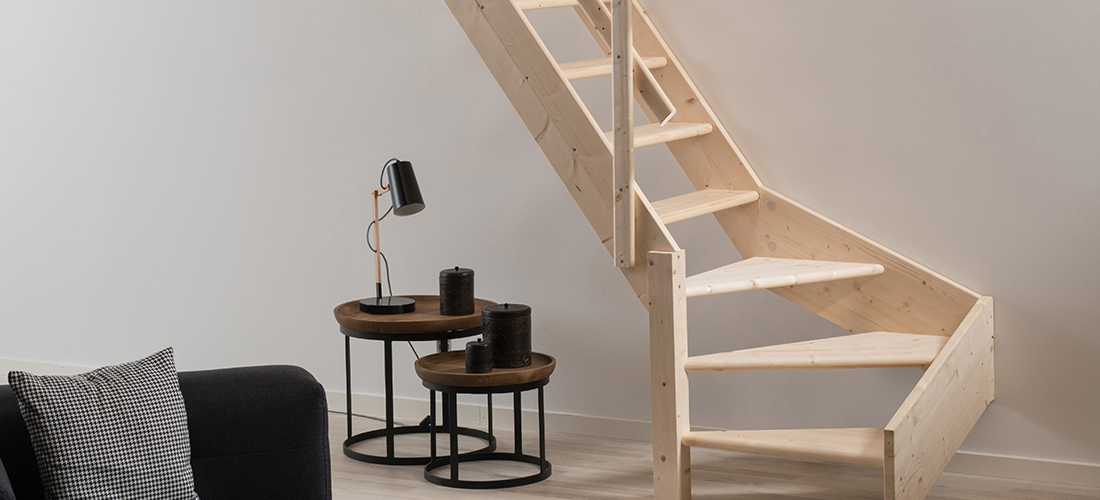

Lye Treatment
Softwood Stairs
Lye treatment of softwood stops the natural yellowing process, preserving the wood's light color. The lye initiates a chemical process that may temporarily cause unnatural color variations in the wood, which will fade and disappear within 6–12 weeks. The lye contains white pigments to achieve a lighter effect more quickly. The lye does not protect the wood from wear and dirt. Therefore, the stairs should not be used until after-treatment with floor oil has been applied.
Softwood in general
Softwood lye should only be used on pine and spruce. The lye treatment should be done before assembling the stairs. Use, for example, Trip Trap Softwood Lye. The untreated parts must be clean and dry before applying the lye. Wear protective gloves and goggles during the process.
- Shake the lye container well. Pour the lye into a plastic bucket, making sure to include all the white pigments. Stir the lye regularly to prevent the pigments from settling and to achieve an even result.
- Tape the edges of the steps 1 cm in to avoid lifting the grain, which could cause installation problems later.
- Apply the lye evenly along the grain with an undiluted nylon brush.
- Let the items dry for at least 8 hours at 20°C.
- Once dry, remove visible chalk pigments from the surface with a cloth wrung out in water. Let the items dry for at least 24 hours. Follow up with white floor oil as after-treatment.
- Clean tools with water.
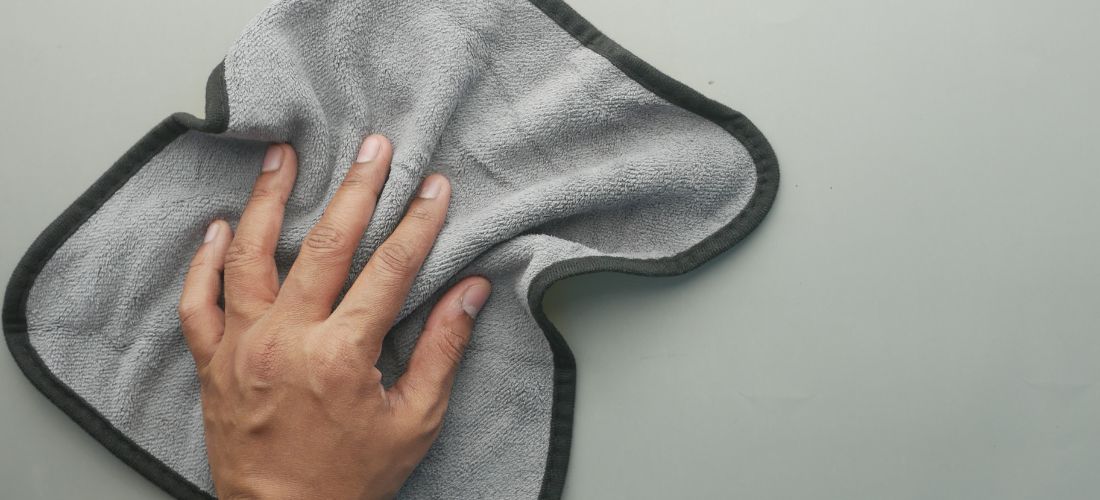

Cleaning
Cleaning of oiled surfaces
For daily cleaning of lacquered or painted surfaces, wipe them with a damp cloth wrung out in hot water. Use as little water as possible. If washing is necessary, use a soap specifically designed for lacquered surfaces, such as Trip Trap Lacquer Soap (see mixing ratios on the label).
Deep cleaning
If the stairs have been neglected or are very dirty, clean them with, for example, Trip Trap Wood Cleaner mixed with water (see mixing ratios on the label).
Future Maintenance with Lacquer Care
Lacquered surfaces can be maintained with lacquer care products, such as Trip Trap Lacquer Care, available in matte and glossy finishes. Lacquer care strengthens the lacquer by protecting against wear and scratches, extending the wood's life. Trip Trap Lacquer Care is self-removing with each application and does not build up thick layers. Apply as needed.
The lacquered surface should be thoroughly cleaned with Trip Trap Wood Cleaner (see mixing ratios on the label) until completely clean. Let the surface dry completely before applying Trip Trap Lacquer Care. Apply a thin layer of concentrated lacquer care. If the cloth gets dirty, rinse it in clean water and wring it out before continuing. Do not apply more lacquer care if an area has started to dry. Let the stairs dry for about 30 minutes before use. There is no need for further polishing or after-treatment.
Stain Removal
Tough stains can be removed with, for example, Trip Trap Wood Stain Remover. Spray the stain remover directly onto the stain and let it sit for a moment to dissolve it. Repeat if necessary. Liquid absorbed deeper into the wood can be removed by lightly sanding the area with coarse sandpaper. Follow with polishing using fine sandpaper (grit 320) and then oil treatment of the sanded area—see the basic oil treatment instructions. Any repair may be visible until the stairs have been used and cleaned a few times.
Future Maintenance with Oil
Future oil care with, for example, Trip Trap Maintenance Oil or Maintenance Paste should be done before the oiled surface wears through. Before treating the stairs with Maintenance Oil or Paste, clean them with Trip Trap Wood Cleaner (see mixing ratios on the label). Make sure the stairs are completely dry before oil treatment. Apply the oil or paste with a cloth. Polish the oil into the wood immediately after application. Repeat the treatment if necessary. The wood should be completely saturated with a silky matte surface. Use lint-free cotton cloths or white polishing pads for this purpose.
No excess oil should remain on the surface, as it will create glossy spots. After about 4–5 hours (at 18-20°C), the stairs can be used again. After 48 hours, the stairs can be cleaned again with, for example, Trip Trap Natural Soap or White Soap.

